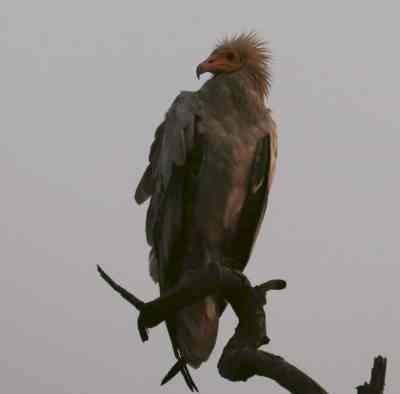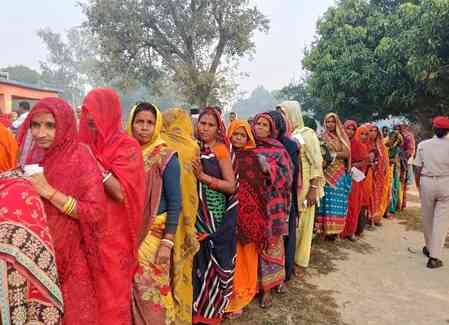Delhi HC gives Centre more time for response to plea over vulture population decline
The Delhi High Court on Friday granted more time to the Central government to file its reply in a plea raising te issue of the declining vulture population in India.

New Delhi, April 21 (IANS) The Delhi High Court on Friday granted more time to the Central government to file its reply in a plea raising te issue of the declining vulture population in India.
A division bench headed by Chief Justice Satish Chandra Sharma, hearing a Public Interest Litigation (PIL) plea filed by advocate Gaurav Kumar Bansal over the issue, listed the matter for the next hearing on July 25.
The court, in December 2022, had directed the Central Drugs Standard Control Organisation (CDSCO) to take action to safeguard and conserve vultures, by outlawing the medications that are to blame for India's declining vulture population.
It had taken serious note of the fact that the usage of NSAIDS (non-steroidal anti-inflammatory drugs) in veterinary medicine, such as diclofenac, aceclofenac, ketoprofen, nimesulide, etc., has caused a 97 per cent drop in the number of vultures.
Bansal had informed the court that even the Environment, Forest, and Climate Change Minister had publicly indicated that the vulture population had dropped sharply over the course of more than three decades, from 40 million to just 19,000.
"It is clear from the statement of the Minister that in the last 30 years around 4 crores vultures have died which means that around 13 lakh vultures lost their lives every year, which further implies that India is witnessing around 1 lakh mortality of vultures every month because of toxic drugs," Bansal had submitted.
He claimed that the Indian government was ignoring its own statements that were made in numerous committees at the national and international levels and that it was not outlawing the toxic drugs that harm vultures, which are considered an endangered species by the International Union for Conservation of Nature and are listed in Schedule I of the Wildlife Protection Act, 1972.


 IANS
IANS 









